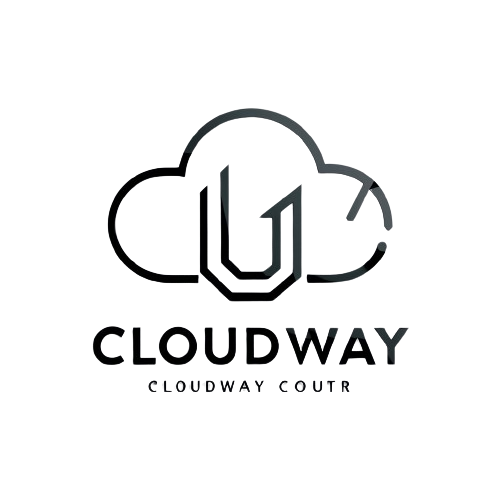In today’s interconnected world, software plays an integral role in nearly every aspect of our lives, from communication and commerce to entertainment and education. However, despite its many benefits, software often presents barriers that can impede progress, collaboration, and innovation. These barriers can take various forms, ranging from technical limitations to cultural and organizational challenges. In this article, we’ll explore some common software barriers and strategies for overcoming them.
- Compatibility Issues: One of the most prevalent barriers in software is compatibility issues. Different software systems may use incompatible formats, protocols, or technologies, making it difficult to integrate them seamlessly. This can lead to data silos, inefficiencies, and increased costs. To address compatibility issues, organizations can invest in interoperability solutions, such as middleware or APIs, that facilitate communication and data exchange between software barriers . Standardization efforts within industries can also help mitigate compatibility challenges by promoting uniformity and consistency.
- Complexity: As software systems become increasingly sophisticated, they also become more complex, posing challenges for users and developers alike. Complex software can be difficult to understand, customize, and maintain, resulting in higher training costs, slower development cycles, and increased risk of errors. To overcome complexity barriers, developers should prioritize simplicity and usability in their designs, following principles such as modularity, abstraction, and minimalism. User-friendly interfaces, comprehensive documentation, and robust support services can also help users navigate complex software more effectively.
- Security Concerns: With the rise of cyber threats and data breaches, security has become a major concern for software developers and users. Vulnerabilities in software systems can expose sensitive information, compromise user privacy, and damage reputations. To address security concerns, developers must adopt a proactive approach to security, incorporating best practices such as secure coding, encryption, authentication, and regular security audits. Collaboration with cybersecurity experts and adherence to industry standards and regulations can further enhance the security posture of software systems.
- Cost Constraints: Developing and maintaining software can be expensive, especially for small businesses and startups with limited resources. Cost constraints can prevent organizations from investing in necessary tools, technologies, and talent, hindering their ability to compete effectively in the digital marketplace. To overcome cost barriers, organizations can explore cost-effective alternatives, such as open-source software, cloud-based services, and software-as-a-service (SaaS) solutions. Outsourcing development tasks to offshore or freelance developers can also help reduce costs while leveraging specialized expertise.
- Resistance to Change: Introducing new software into an organization often meets resistance from employees who are comfortable with existing processes and tools. This resistance can stem from fear of the unknown, lack of training, or skepticism about the benefits of change. To overcome resistance to change, organizations must communicate effectively with stakeholders, highlighting the advantages of the new software and addressing concerns proactively. Providing comprehensive training and support programs can empower employees to embrace change and adapt to new ways of working.
- Cultural and Organizational Barriers: Software implementation is not just a technical endeavor; it also involves cultural and organizational change. Cultural barriers, such as resistance to collaboration or innovation, can impede software adoption and hinder its effectiveness. Similarly, organizational barriers, such as bureaucratic processes or hierarchical structures, can slow down decision-making and stifle creativity. To address cultural and organizational barriers, organizations must foster a culture of openness, collaboration, and continuous improvement. Leadership support, employee engagement, and clear communication of strategic objectives can help align organizational culture with the goals of software initiatives.
In conclusion, software barriers are pervasive challenges that can hinder progress and innovation in digital environments. By understanding the root causes of these barriers and implementing effective strategies to overcome them, organizations can unlock the full potential of software to drive growth, efficiency, and competitiveness. Through collaboration, innovation, and a commitment to excellence, we can break down software barriers and build a brighter future for all.


